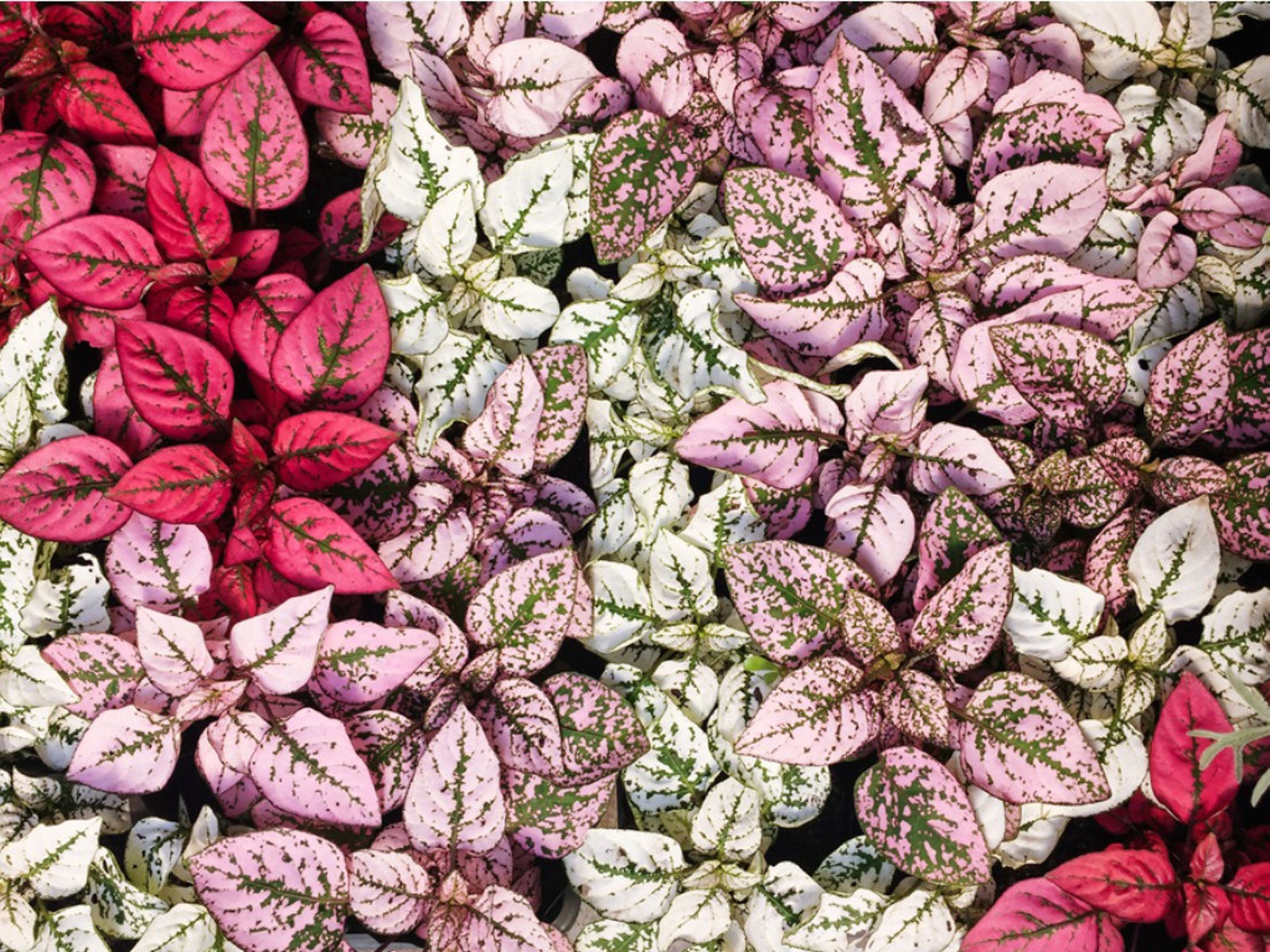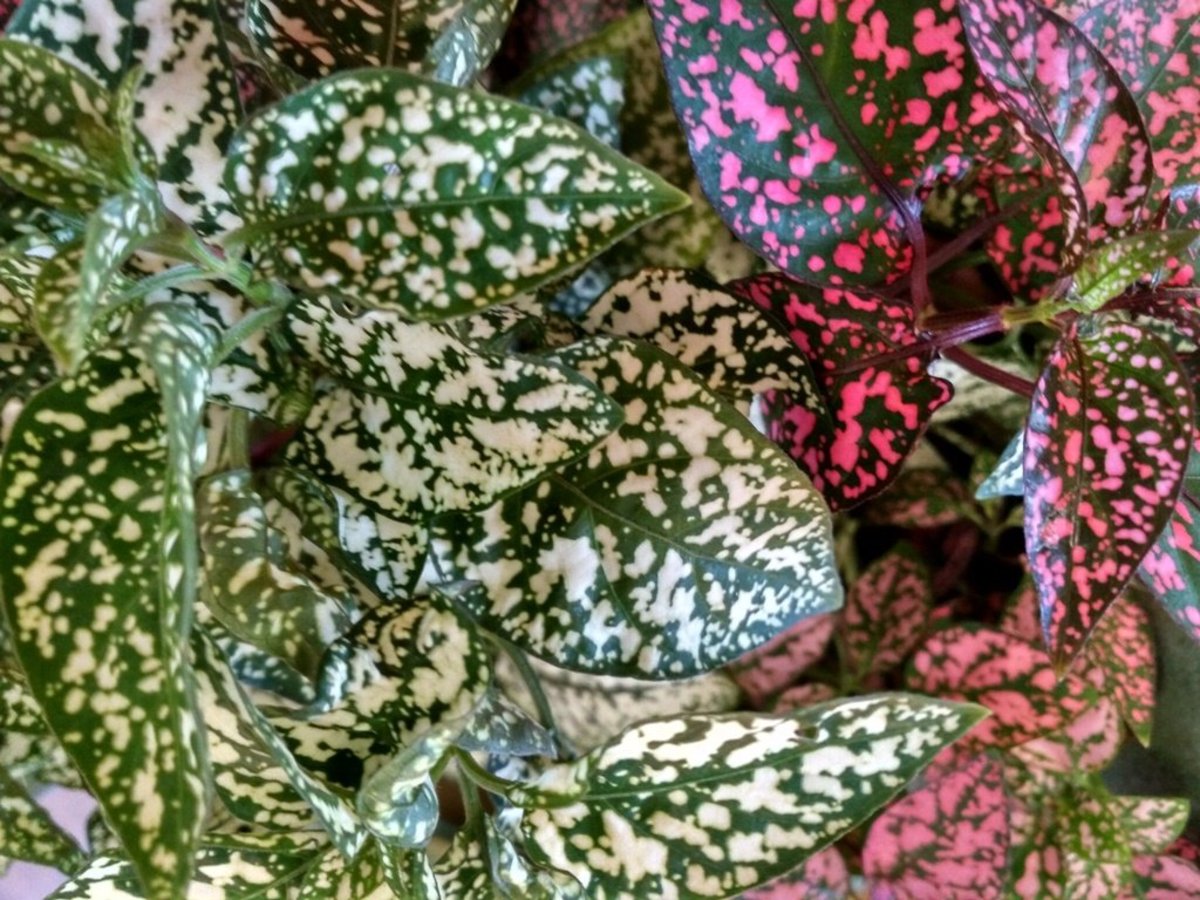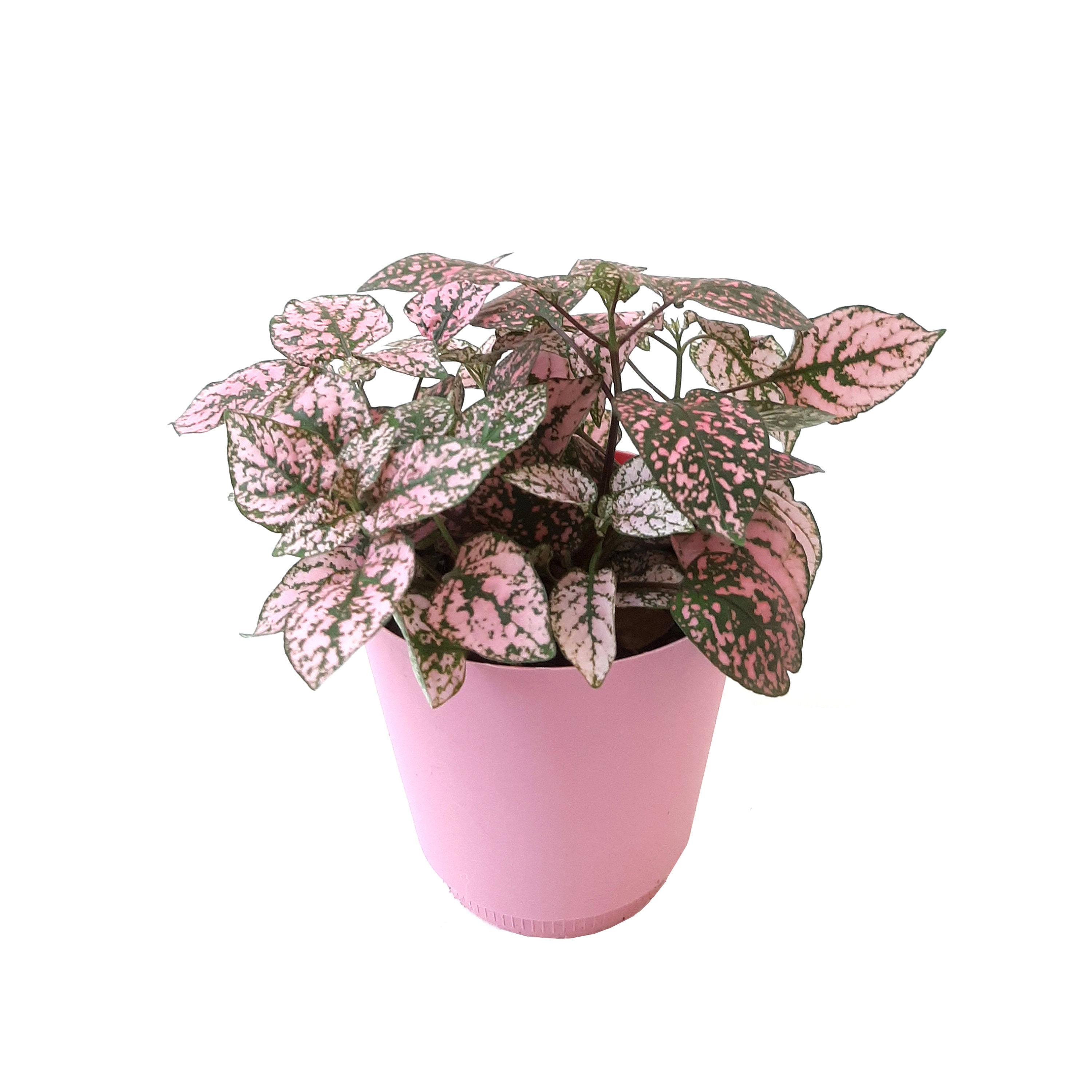If you’re looking for information about whether polka dot plants are poisonous to cats, then first let me explain that this unusual plant, Hypoestes phyllostachya, is also known by other names, such as baby tears and freckle face, for the dramatic way that it will play dead if you don’t give it water before coming back to life when you do. Let’s discuss about whether cats are poisoned by the polka-dot plant.
Does the polka-dot plant poison cats? Polka dot plants are not dangerous to cats, dogs, or horses, according to NC Extension Gardener and the ASPCA, but if your pet ingests a piece of the plant, she may exhibit symptoms like vomiting or diarrhea, which the stomach uses to indicate that you have eaten something that is not digestible. If you feel any discomfort, call a nearby animal hospital or visit one if one is available. Although it is believed to not be harmful, minor symptoms can still occur.
Although this plant is safe for cats, you may now relax and enjoy yourself whether you decide to buy a cat or if a cat was given to you.
Table of Contents
Is polka dot plant toxic to cats?
The plant known as polka dot, or Hypoestes phyllostachya, is not hazardous to cats if your cat accidentally eats a little amount of the leaves, but if your cat eats a significant amount of the leaves, the cat may get gastrointestinal problems like diarrhea and vomiting.
If things worsen, kindly seek assistance at the closest animal hospital. Despite the fact that it is non-toxic, the cat’s stomach will reject the meal by making it vomit.
Polka dot plant safe for dogs
According to two of the largest informational and educational websites, polka dot plant is safe for dogs. According to the ASPCA, this Hypoestes phyllostachya (polka dot plant) may cause vomiting or stomach problems, but since your dog or cat won’t get sick from it, you may breathe easier. However, keep in mind that growing polka dots is not a simple task, therefore taking care of them is necessary. Dogs frequently avoid eating this kind of plant, but even if they do, don’t worry—polka dots won’t kill your dog; instead, they’ll just show some signs of trouble. If this happens, contact a pet center, but it’s also crucial to encourage your dog to avoid eating any plants in general. The best part is that if your dog is well-fed, he won’t be consuming any plants. Many dogs do truly eat grass or plants, but some only do so to satisfy their hunger since they are unable to find enough food to survive, much like stray dogs in underdeveloped nations. Therefore, always feed your cat or dog to keep them healthy.
Are polka dot begonias toxic to dogs?
Begonias are harmful to all animals, including dogs, cats, and other pets. Vomiting and a burning sensation would be certain indicators. The polka-dot plant (hypoestes) is not poisonous. Be cautious that begonia roots are dangerous, and even the sap contains a poisonous fluid.
Prevention and Safety for Cats
Take care of your polka-dot plant as well; occasionally, cats injure the plant rather than the other way around. Keep a watch on your animals because one of my polka dots was ruined by my own cat.
Polka dot begonia cats
Yes, the Polka Dot Begonia is poisonous to cats, and it may also be harmful to dogs and other small mammals. Begonia maculata might cause stomach problems if consumed, or a pet may vomit to get rid of them. Similar to how it starts with oral irritation, even a small begonia plant can be damaging to your cat’s health. If you have this plant indoors, make sure to keep it out of your cat’s reach or place it in a room that your cat doesn’t frequent. Additionally, it has been observed that cats don’t eat other things like plants when they regularly fill their stomachs with food. Because of this, always make sure to feed them enough so they don’t ask for more. However, sometimes cats or dogs are always peckish, therefore in these situations you should keep an eye on your cat to see if she attempts to eat the begonias we are keeping away.
When I encounter a problem like this, I just relocate the pot to a different room where neither my dog nor cat even goes. Even dogs can be trained to eat in a bowl of their favorite food when provided everyday because if you feed them completely, they never eat anything.
These routines facilitate smooth operation. When we refer to polka dot plants, we are actually referring to Hypoestes phyllostachya, but when we refer to polka dot begonia, we are actually referring to Begonia maculata, a distinct plant species that is toxic to cats, dogs, and horses. Even though you may have heard of begonias, they are generally poisonous and can irritate your mouth or stomach.
Begonia toxic to humans
Yes, begonia is poisonous to both humans and animals. It causes stomach pain and could also irritate the mouth. I strongly advise keeping the deadly soil portion below away from children and even pets because it is dangerous. Although it has a stunning and distinctive appearance and creates the best décor, the fact that it is harmful cannot be changed.
The warning would be for the children who play and might get their hands on these plants, therefore keeping an eye on your kids is a MUST. It may cause vomiting if any human consumes it.
According to the ASPCA, begonias are hazardous to dogs because they contain soluble calcium oxalates that, when consumed, enter the bloodstream and may interfere with the body’s regular processes. These hazardous begonia plant ingredients could cause extra issues for your dog.
The earliest signs, which include vomiting, can be highly dangerous since they harm the kidneys and you don’t know what will happen if the chemical crystallizes into stones and causes renal failure. As a result, I urge you to watch over your dog, keep him/her secure, and don’t worry—if you have properly trained your dogs, they won’t consume these kinds of plants.
Keep in mind that the underground portion is more hazardous and dangerous than the above-ground portion. Call a vet or pet facility right away if your dog ever experiences this problem.
Angel Wing Begonia toxic to cats
Angel wing begonias are hazardous to cats since the majority of these begonia species can upset the stomach as well as the mouth when consumed. Begonias have several toxic sections, but the bottom portion, known as the roots, is the most hazardous. However, this does not indicate that the other parts are not deadly. Whether it’s a stem or leaves, they are quite dangerous, so avoid making a mistake and watch out for your cat’s safety, or move your plant to a different room where your cat doesn’t frequent very often.
Be sure to feed your kitten enough to keep them full so they won’t consume any other poisonous plants. I would also advise calling a veterinarian or a veterinary facility right away for assistance if your cat suffers any harm as a result of angel wing begonias. Take your pet and go to the pet center if you have time.
How to handle a dog that eats begonias
When your dog consumes begonias, the first thing you should do is phone the pet center or head straight to the medical clinic. If the things you need don’t arrive on time, take the dog and visit the doctor instead of waiting. Only when the dog exhibits signs like vomiting, irritability, or other positive feelings
When dogs consume begonias, calling a pet center is the best course of action because a veterinarian can help your dog recover.
Information on polka dots
An evergreen shrub belonging to the Acanthaceae family, Hypoestes phyllostachya originated in Madagascar and the southern African region, while some of these plants are also indigenous to Southeast Asia. It has several dots on the leaf and is available in a variety of hues thanks to breeders who have transformed it into pink, red, white, and green. They can grow to a height of around 2-3 feet outdoors, but indoors, they are chopped down to prevent legginess in polka dot plants. The interior of the car should be between 65 and 70 degrees Fahrenheit.
Polka Dot Plant For Sale On Etsy (Recommended)
Polka Dot Plant for sale on Amazon
Care for polka-dot plants
Pruning is necessary during care to keep hypoestes from growing leggy. Giving polka dot plants enough light helps the plant (hypoestes) grow more green and brightly, as opposed to having light green leaves from inadequate light. Avoid overwatering it to prevent rotting on the rot. Did you know that cut stems from polka dot plants can be used to propagate new plants? Pruning polka dot plants can be beneficial in preventing the establishment of any diseases as well as lanky stems.
Wrap Up
Lotusmagus.com shares knowledge from authoritative sources since we still think it’s important to take good care of both your pets and plants. It may be beneficial to put this plant in an area that is less frequented by your pet.
Reference
https://plants.ces.ncsu.edu/plants/hypoestes-phyllostachya/
https://plants.ces.ncsu.edu/plants/hypoestes-phyllostachya/



